On our recent road trip to western Minnesota I took along Granny D: You’re Never Too Old to Raise a Little Hell. Our good friend (and my collaborator in presenting Red Clay, Blood River to local audiences) Barbara Bates Smith had just premiered her enjoyable and pungent dramatic adaptation of this book by Doris Haddock, who, you may remember, walked across the country in 1999 at the age of 89 to rouse support for campaign finance reform. The book, written in collaboration with one of her companions, Dennis Burke, presents her diaries and speeches from that time. Among her many pithy and insightful comments she continually returned to the outpouring of hospitality by interesting and engaged people across this country. A road trip, when you get off the interstate, can do the same for any of us.
We stopped in Paducah, Kentucky to see its renowned (among quilters) National Quilt Museum. These were not just the old patchwork by your great granny. The museum and its sponsoring organization host an annual show that brings in stunning contemporary creations that dazzle the eye. Even a woodworker can get excited. Exquisite joinery. Elaborate texturing and design.
In Paducah, where a five-story paddlewheel boat was docked with touring passengers for the night. I kept thinking that the ancient Americans would have pronounced it Pa-doo-KAH. Much flashier. It would spotlight the renovated downtown, with its shops, restaurants, and performing arts center. We talked at a pub and chatted with a 40-ish man who had grown up in Paducah, gone away to seek his fortune, had come back to visit, and never left. With his office in his cellphone and iPad, he had re-connected with an old girlfriend and was settling down in the transformed town where he was born. How strong are these bonds of place! How we long to put a human face on them! Have them embrace us, ask of us to return and start our lives again, like corn in soggy rows when the last freeze has left across the fields.
We crossed the Ohio and entered Illinois – the mid-West. Strange term, the mid-West. How unfortunate to only be one half of the full American dream. Lucky California. And it is ebbing in that mid-ness, its side roads going thru the middle of decrepit towns, their hopes held forth in painted trim of sagging brick facades, while Walmart plans another superstore outside the city wails. For every town renewed by artists or a visionary high tech firm there were towns too late to catch the internet. They are like single halves of old dancers who hope to find their mate one last time at one last dance.
The next day we visited the Cahokia Mounds east of St. Louis, which constitute the largest urban settlement in North America before Columbus showed up. The heat was sweltering. The corn was shriveled by the worst drought in seventy-five years. The stunningly outfitted visitor center was wilting in the heat and budget cuts of a stingy and short-sighted legislature. But the mounds, one of them over 100 feet high, speak of a memory beyond our memory, the buried hopes, pretensions, praise, and grief of a people now melted into our own, present only in the DNA in some of us. From that highest mound (150 steps) I could see St. Louis in the distance, a garbage mound between us, piled higher in a dozen years than all the labors of the ancients in 300 years. Down below, a shard here, a post hole there, a ravaged mound of decedents beneath the weeds are autopsied by archaeologists to find the shapes and causes of their life and death. As the late August heat calls forth the slow cicadas and crickets, I sank into a kind of melancholy, a longing for a memory that we never had, a knowledge that our history has a gaping hole in its side. Even that the tantalus of memory in this place is threatened by the highways and the houses of a people for whom history has become a quarter of a year, whose economy consumes the earth and spits it out in garbage heaps.
But atop this highest mound a girl and boy who had arrived clinging together on a motorcycle asked me to take their picture with their smartphone, so there would be a memory of their youthful faces pressed together, even of her skin in rebellion at the war of hormones in her, her pants flesh tight against her bones. My fumbling fingers gave them a memory from this ancient augur of immortality, of power and glory, of a life that would survive beyond our fleeting years. I descended the 150 steps, smiling that their hopes had triumphed over melancholy. The roar of their motorcycle banished every fear. They had a future to live into, roaring.
We finished up the day in Hannibal, Missouri, on the ageless ever-new Mississippi. A memory of Mark Twain, now specific, fresh, was struggling against the entropy of passing generations. How can a town that commerce and technology forgot still hang on, surviving only on a memory of the boyhood of a witty sage? He was beloved and regaled by peers, venerated by their children, remembered in school by their grandchildren, recalled unread by theirs … and now? Would it take a musical? So it was fitting that we found a little bistro in an old Victorian mansion that called itself La Binnah. The young man from Turkey who was our host told us that it spelled Hannibal backwards. The one who took the elephants over the alps into battle against the Romans. The young man was from Tarsus. You know, St. Paul’s home. Two thousand years ago. He came here to work one summer, stayed for college, and helps run this restaurant. His mother was in the kitchen, making baklava. The food was delicious, presented tastefully in a decor that could only be called funky quaint quirky Edwardian. Silent movies played on a screen at the end of the room. This is the America Granny D found as she trekked across the country, putting a laser light on the corruption and polarization of our politics, erasing the brilliant mosaic of the actual America.
Nothing represents the corruption more than the endless acres of corn and soybeans we passed for day after day, burned or wilted by the sun. You know the story: A few giant firms (ADM, Cargill, etc.) lobby for subsidies for five crops, whose intense cultivation depletes the land and creates a huge amount of greenhouse gasses. On this trip, as I read Granny D’s journal and marveled at her stamina, wit, and commitment, I began to think further about how we dig into the earth and how the earth responds. That was a deep theme in Red Clay, Blood River. In my next account, I‘ll start upacking this theme, as I visit yet another place where my Grandfather Jackson, the mining engineer, worked and lived.

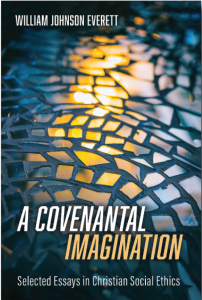
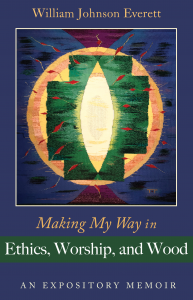
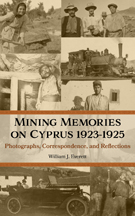
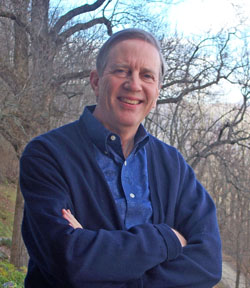
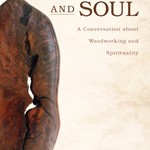
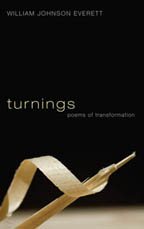
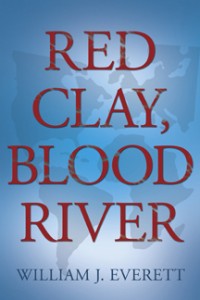 Red Clay, Blood River
Red Clay, Blood River
Brilliant, Bill. I always think of the “mid-west” as our backbone/spine and the Mississippi as our main artery. Keep the posts coming. I love seeing/feeling the area again through your poet’s pen.
Great post. Love the thoughts on place. Looking forward to the next installment.
Thank you for sharing your trip.
Lavilla B